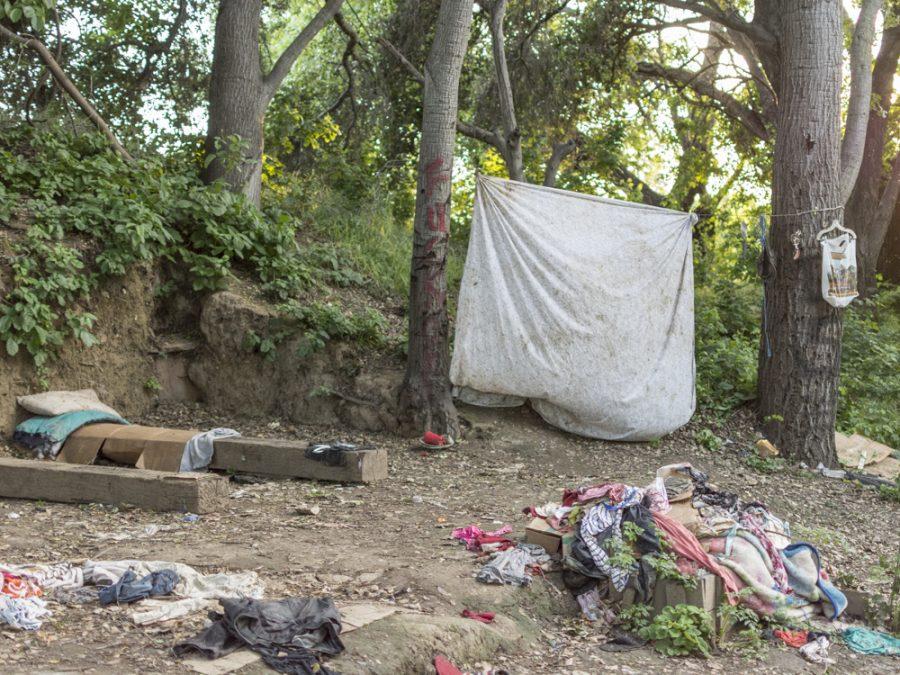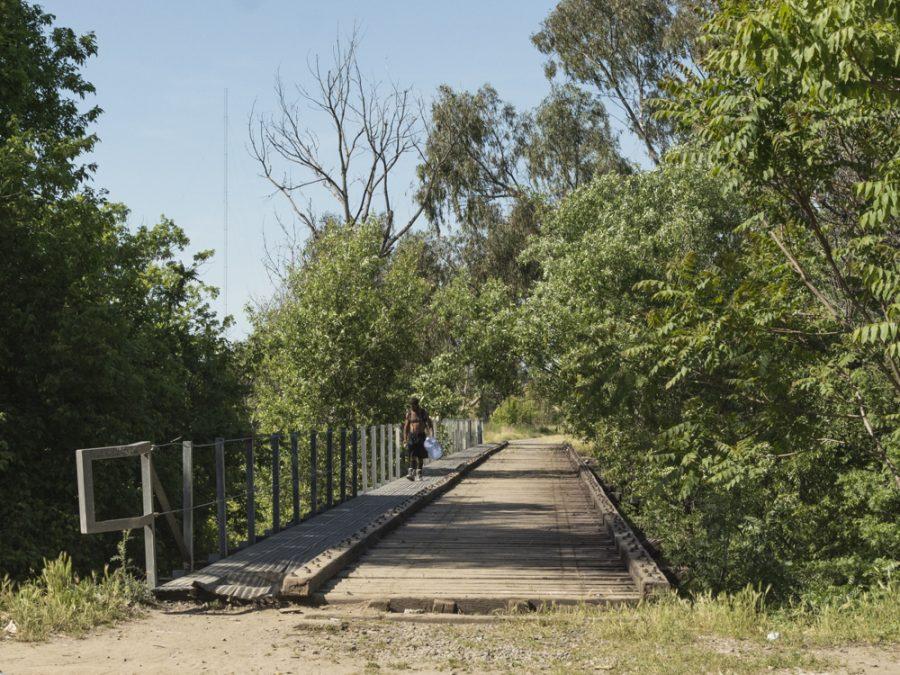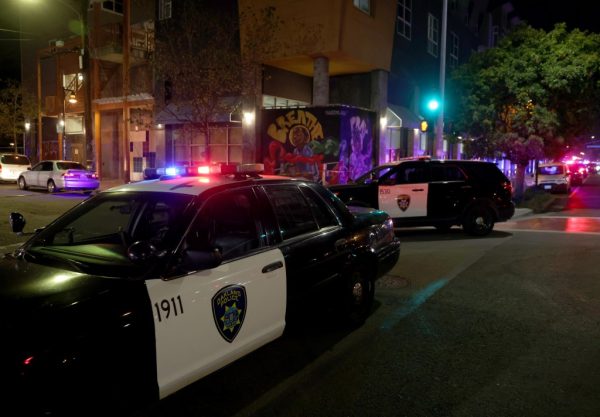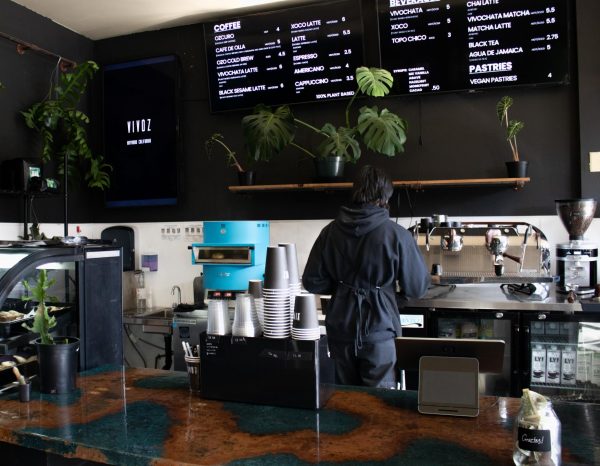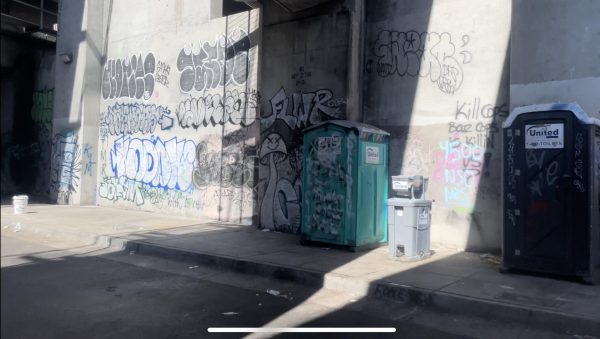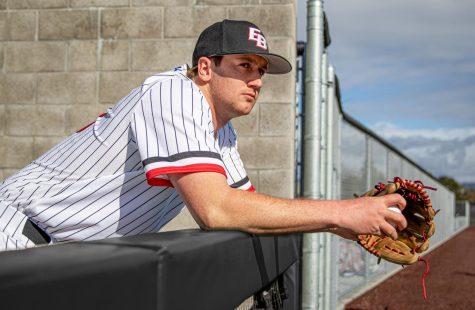Homelessness hits close to home
Wandering beyond the remnants of the concrete jungle
April 21, 2016
The last time my younger brother and I visited my mom, she was living in “The Jungle,” a former homeless camp in San Jose. She has been a crystal meth drug addict for 16 years and is currently homeless. My mom hasn’t always lived this lifestyle; she was such a great person and caretaker. Her name is Rosemarie and will be 46 years old this upcoming May.
My mom became homeless about eight years ago, when I was in 9th grade. Before, my mom lived a normal life, married to my father and was a stay-at-home mom.
When my siblings and I were younger, she would always get us dressed and do our hair before school, have the best home-cooked meals prepared every night, and even babysit other kids that lived in our neighborhood apartment complex. My mom would make a large tray of beef enchiladas and all of our friends loved to come over and eat the delicious food. She was known for her great homemade recipes.
After several years of happiness, adventures, BBQs on football game days and family parties, eventually my parent’s marriage started having problems and they began arguing on a daily basis.
My mom became depressed because her marriage was falling apart and she had a lot of time on her hands. One day when my mom was home alone, a friend introduced her to meth.
She started using the drug more and more, until eventually it took over. My mom is the the strongest, most fearless woman I know, and I say that she still is because it takes a certain kind of strength to live on the streets knowing that you are never truly safe.
The Jungle is an open dirt area in San Jose across the street from Happy Hollow, on Coyote Creek, right behind the San Jose Sharks Ice official practice facility.
During our short one-hour visit, my mom gave us a tour of her living quarters. We walked down a short trail as she pointed out where all the others were staying and the people she was a friend with.
A majority of that dirt area was occupied by different people of all ages, even families with kids. Some people had their cars parked there and were living out of them, while others lived in tents. There were also underground caves, grocery carts, dogs and a lot of miscellaneous items. Overall, the area was very cluttered.
My mom walked us all the way to the section she set up. She used a black tarp, which went as high as my knees. I looked under the tarp and she had a blanket set up on the floor with a pillow, which was her bed. She had a lawn chair and a small lamp beside it. It looked like a room. Outside her tarp, she had a grocery cart full of random items, including blankets and a flashlight that she collected and found in the streets.
My mom was content with her area. I looked at this short tarp and thought, “How could my mother, the woman who raised me, live here?” As much as it broke my heart to stand there and see where these people had to live, to them it was home.
The total number of the homeless population in San Jose is 4,063, based on the city Point-In-Time Census & Survey. Thirty-one percent are sheltered which means they live in emergency shelter, transitional housing or a safe haven. There are 69 percent unsheltered homeless: on the street, in abandoned buildings, in cars or in encampments areas.
The city of San Jose decided to shut The Jungle down. Over a year ago it was cleaned out and closed off. According to a letter from the Housing Director of San Jose, the city teamed up “with the Santa Clara Valley Water District and other local agencies to jointly remove trash, debris, and other waste from sites throughout.” Issues of safety, detriment to the environment, and health arose with the unsafe nature of the encampment. Now when I drive by, all I see is a gated area blocked off by a black fence.
Since The Jungle is gone, we don’t know where my mom is, and we haven’t talked to her in over nine months. That was the last place I saw her.
My mom usually calls our house phone once in awhile, but she hasn’t recently. I worry about my mom’s safety and her well-being. It pains me to see her go through this unimaginable circumstance.
There’s nothing I want more than to help my mom — that’s why I plan to go out and find her in the streets of San Jose.




